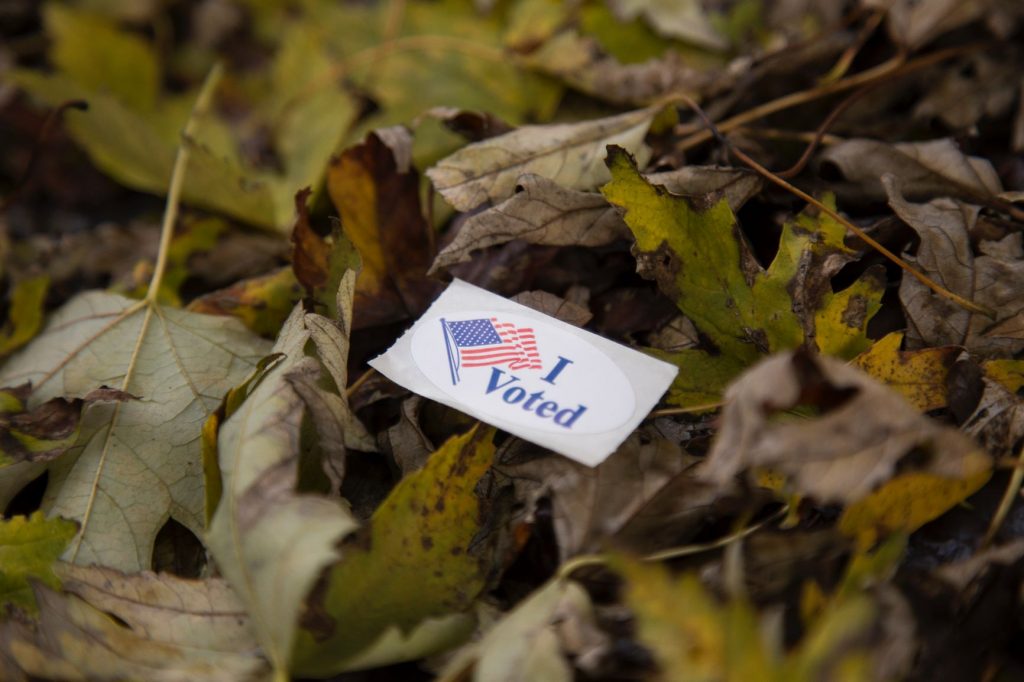When the first data-packet-message was sent from University of California, Los Angeles to Stanford Research Institute in 1969 – what would become the groundwork for internet today – founders Robert Taylor and Lawrence Roberts had no idea it would ever become public. At that time ARPANET (Advanced Research Projects Agency Network) was still being funded by the U.S. Department of Defense. Neither of them had any idea it would quickly become the platform in which would disrupt global communications forever. More surprising is just how rapidly the world adopted the internet for communications – Only 1% of two-way communication occurred over the internet in 1993, rocketing to 51% in 2000, before almost doubling to 97% in 2007.

The rise and adoption of the modern-day internet for communications proved to be a major pivot point. At that time the U.S. government failed to keep up with the new technology. It’s a dangerous situation anytime laws lag behind technology, and as Tim Hwang of Government Executive Media Group describes It restrains our economy and creates inefficiencies in companies regulated by the government.
Unfortunately, this situation aided potential hazards in online advertising, some to the point of no longer being considered “potential”. Perhaps the most common hazard consumers face in online advertising are feelings of invasion of user-privacy. Today’s online ads tracking our every click, and many consumers feel they are being followed around on the web. Some describe it as being stalked. According to Zeynep Tufekci – They are. She explains how Internet Cookies, Machine Learning, Algorithms, Persuasion technology and techniques – aimed at manipulating consumers specifically based on their values, weaknesses, and habits – are doing exactly that.

Another major hazard in online advertising, is having it used for unethical or nefarious purposes. From a business perspective it’s never been easier for a brand to profile, target, and persuade consumers. Farhad Manjoo of The New York Times describes the huge advances in advertising that Machine Learning provides as a powerful marketing tool;
“As the online ad machine gets better, marketing gets more efficient and effective, letting companies understand and influence consumer sentiment at a huge scale for little money.”
The mechanisms Manjoo describes are not just exclusive to million dollar companies either. The only thing needed to influence consumers is a bank account. For example, it was the same mechanisms used for online advertising that were abused and used for nefarious purposes by Russia’s Internet Research Agency, during the 2016 election to influence American politics. Accounting details show it cost them roughly $46,000 for Facebook ads – which then “were seen by nearly 150 million Americans.”. To implicate online advertising further, Russian operations used many common marketing tactics like A/B testing and Landing page evaluations to focus their ads and encourage negative social influence.

How dangerous is this, really? At first the answer might seem to depend on which side you’re on. Looking at it objectively, this is an extremely serious issue undermining legal U.S. political structures – no matter the side. I’m of the personal opinion that something needs to change in this situation to prevent future political interference. At the same time, I don’t see a way online advertising can stay the way it is and prevent interference. I believe it would not only take major regulation of global communications, but also an effective enforcement strategy. Because of how far laws lag behind technology and the speed of regulatory bodies, I believe this is a major issue. On a scale of 1 to 5 – with 5 being highly dangerous – I think the current landscape is very concerning and I give it a 3 out of 5.
At this point you might be asking why there isn’t a standardized code of ethics for digital marketers. It’s a great idea, but involves quite a bit of politics. Currently it’s best for marketers to follow their own code of ethics, or code of conduct, and be smart in their actions. If you need sort of a basis for creating your own code of ethics, I’ve adopted 7 principals from Business 2 Community. Use the following list as a jumping-off point!
- Know Your Audience – preferences, interests, and choices.
- Stay Away from Biases – avoid negative or controversial topics like politics, religion, ethnicity, or cultural bias.
- Never Compromise on Privacy – violating privacy rules can have large financial negative impacts.
- Be Transparent – avoid hiding business relationships, endorsements should be clearly stated as such.
- Speak Truth – avoid or effectively communicate affiliation, especially when involving payment.
- Think Before you Tweet – consider all perspectives, and ensure content is free of errors that lead to embarrassment or negative brand perceptions.
- Imagine the Impact – Public perception of messages from the ‘mouth’ of a brand matter a lot. That content can change perceptions greatly with a single message. Ensure content is on-band and is achieving the contents goal.
If you would like to read more about Marketing codes of Ethics, check out Tahir Akbar’s article on Business 2 Community right here.
Thanks for reading!
